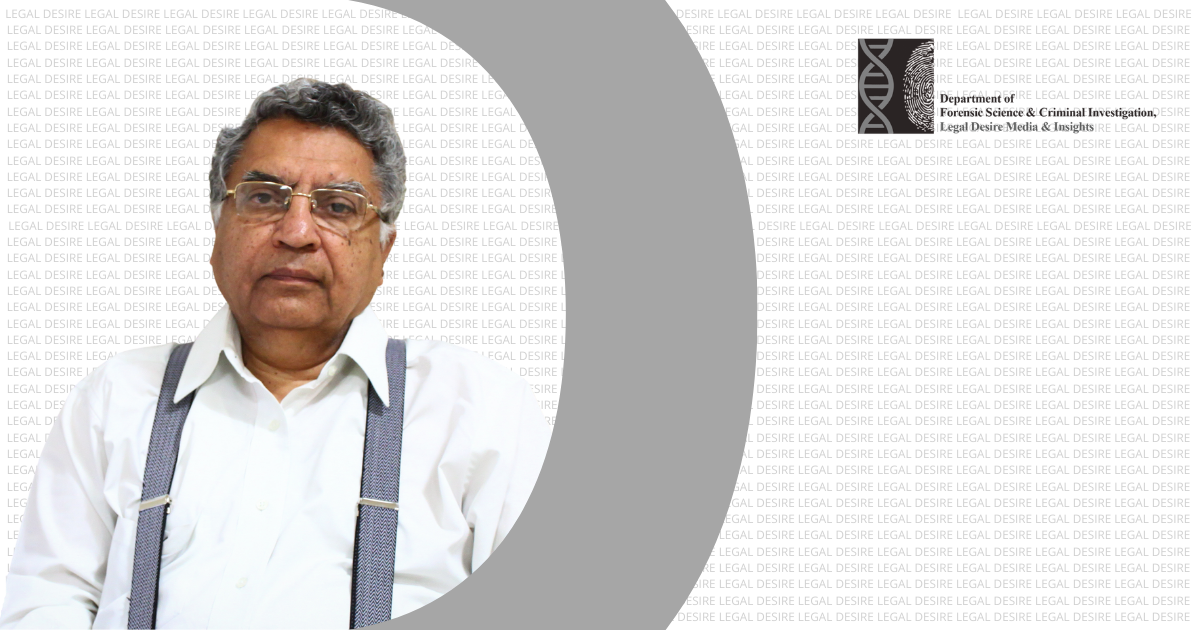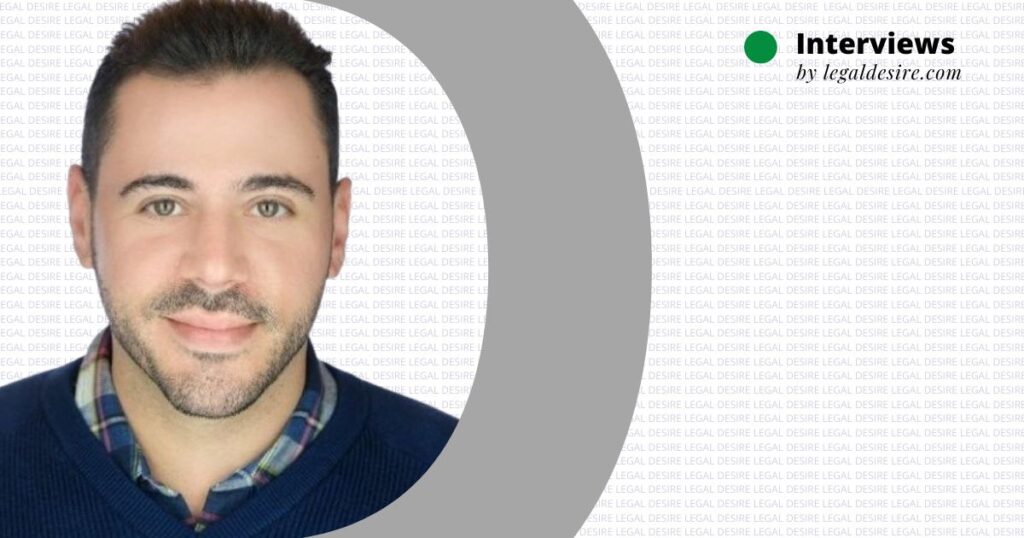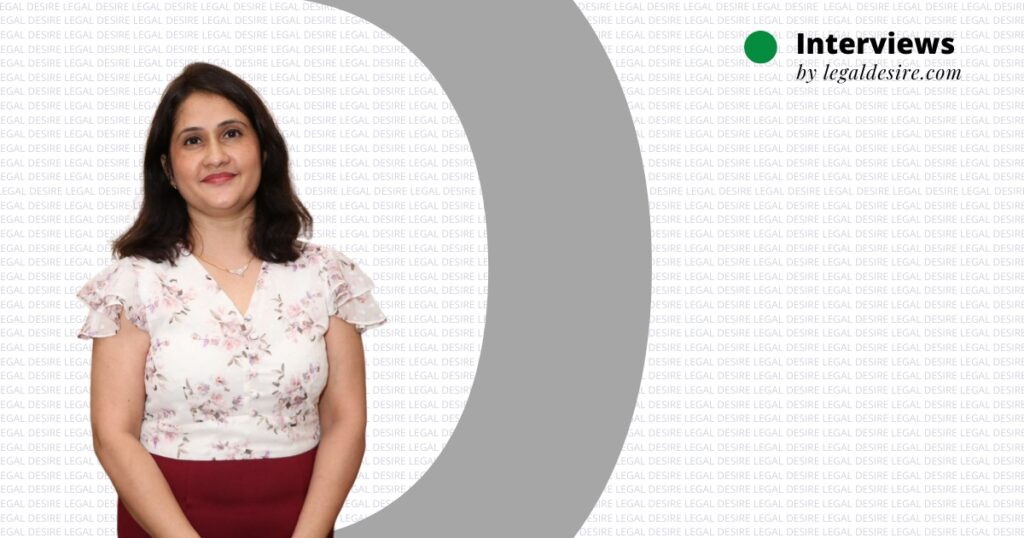Now Reading: In Conversation with Dr. T. D. Dogra, Forensic Pathologist, Former Director, AIIMS Delhi
-
01
In Conversation with Dr. T. D. Dogra, Forensic Pathologist, Former Director, AIIMS Delhi

In Conversation with Dr. T. D. Dogra, Forensic Pathologist, Former Director, AIIMS Delhi
Dr. Tirath Das Dogra is an Indian forensic pathologist and former Pro-Chancellor and vice-chancellor of SGT University, Budhera Gurgaon Haryana 2013–2017. He is a former director of the All India Institute of Medical Sciences (AIIMS) New Delhi and an authority on forensic medicine. Dogra been member of the Medical Council of India from December 2013 till its dissolution in September 2018. Dr. Dogra have been President of the National Medicos Organisation Delhi State from 2012 to 2017. Dogra was a member of the TEQ-Equivalence Committee and Administration and Grievance Committee of the Medical Council of India. He is a member of the Advisory Committee on MOOC’s program of University Grants Commission of India New Delhi. Presently he is an emeritus professor of forensic medicine and forensic sciences, professor of Andragogy and educational philosophy, and Advisor, Internal Quality Assurance Cell (IQAC) at SGT University Gurgaon. Dr. T D Dogra is a member of the Rehabilitation Council of India. Dogra held a number of positions during his tenure at AIIMS, including dean (exam), deputy director (administration), chair of the management board of AIIMS Hospitals, hostel superintendent and professor. He joined AIIMS as a resident in 1971, becoming a faculty member in 1977. Following the retirement of Jagdish Chandra on 30 June 1987, Dogra headed the department of forensic medicine and toxicology at AIIMS until his retirement on 31 August 2012. Dr. T.D. Dogra is a nominated member of the Rehabilitation Council of India.
You were the first person to receive a MD degree in Forensic Medicine from AIIMS in the year 1976. What inspired you to join the Forensic Pathology domain? How do you feel about your decision now?
I feel wonderful! It takes me back to 1973 when I started my MD degree. I have to thank Dr. V. Ramalingaswami, the director of AIIMS at that time, and Dr. Chandra, the Head of the Department of Forensic Medicine, who encouraged me to join the Department of Forensic Medicine and they told it is a developing area. And the same year they were starting the Department of Forensic Medicine at AIIMS. Dr. V. Ramalingaswami and Dr. Chandra both are fatherly figure to me so I agreed to join Forensic Medicine. They both groomed and trained me in Forensic Medicine. And, I continued to work in this department and then retired in 2012. They both were my mentor and it was a pleasure working under them. So that’s how I started my journey and still continuing. And now, when I see the achievements Forensic Medicine has made over the years, throughout the country, I feel very happy and obliged to be a part of it.
What difference do you find in an academic classroom setting compared to that of laboratory setting & field setting?
The classroom settings have changed a lot since the days I started learning myself. The teaching concept has changed from Pedagogy to Andragogy and the dependency on Rote memory has also declined. But there is still room for improvements. We have to develop a teaching methodology in such a manner that people can update themselves quickly, in this era of scientific advancements. Similarly, the laboratory setting has also seen improvements, with the developments of different specialized divisions such as the Toxicology laboratory and the DNA division from the broad spectrum of Forensic Medicine and Forensic Biology, to share the case load and to cater to more specific cases. As far as the field setting is concerned the cooperation between the Police, the Medical expert, and the Forensic scientist, as well as the adoption of the process of reconstruction, has only proved favorable. However, when compared all three settings have their own merits. One setting involves improvements in the field of study, while the other two settings involve the application of the already existing knowledge to real-world problems.
More than 2000 crime scenes have been examined by you. How challenging is that compared to working in tha lab doing autopsies?
In the field of forensics, every job is challenging, be it the examination of the crime scene or the autopsy, both have their own set of challenges, and both are dependent on each other that is the autopsy findings and the crime scene should correlate. And a medico-legal expert is the first person entering the scene of crime. The identification, collection and preservation of all Forensic evidence as well as the proper documentation of the same is assured. This in turn, not only helps in the preservation of those medico-legal evidences that only an expert can identify, but also leads the investigation in the right direction. As far as the challenge is concerned, crime scene examination, unlike Autopsy which is carried out in a controlled environment in the lab, is subjected to environmental conditions and in turn, are more prone to contamination and loss, therefore proving a little more challenging than the autopsy.
After the post-mortem examinations at the Lab, you have been called in the court of law on many instances to testify about a particular case either from the Prosecutor side. What challenges were encountered by you while giving your opinion in the court?
One has to understand that testifying in the court of law is a crucial aspect of Forensic Science. As far as challenges are concerned, one can be rest assured that all his scientific analysis and his findings will be subjected to scrutiny by law, and they have no value, if you cannot defend them in the court of law. And I was no exception to this; not only I face heated sessions of cross-examinations by the defense counsel on numerous occasions, but also a case was filed against me in the Supreme Court as well. During all my testimonies in court, I firmly believed in the proverbial phrase ‘patience is a virtue and realized it works best when applied intelligently.
While testifying in the court of law in MedicoLegal cases, the defence lawyers might have challenged your expert opinion on many instances. How did you deal with the cross-examination? How different was it to testify in the Medico-Legal cases than the normal cases? What tips would you like to give young professionals regarding testifying in the trials?
Nowadays there are many doctors who are helping the defense council in framing the right questions for medico-legal cases. So, the defense council is improving their strategies of cross-examination, and a medico-legal expert should be prepared for it because unlike in a normal case, where you are simply stating your observations, in a medico-legal case, while testifying as an expert, you are giving your scientific opinion, based on the interpretation of your findings. Being an expert witness, one should rest assured to be challenged at any level, right from his identity as an expert, to his observations, his interpretations, to his opinion as an expert. So, one has to be patient while dealing with legal proceedings in the court of law, and not get agitated or irritated over trivial things, because an expert witness is also a part of the court along with the lawyers, judges, etc. And most importantly, one should be thoroughly prepared with the reports and relevant literature, before entering the court, because the defense will always come prepared. Also, being an expert witness, you should always base you opinion on scientific findings and never be partial.
Various high-profile cases have been handled by you in consultation with National LEAs during the course of the time. Some of them are: Assassination of 2 PMs of India: Indira Gandhi, Rajiv Gandhi and attemp to assasination PM Charan Singh, Arushi Talwar murder, Batla House encounter, Nithari killings, Godhra Violence. How different was that experience to deal with them than that of normal cases? How did you deal with media during such cases?
Every Forensic scientist has to answer questions or queries every step of the way; from writing the reports to testifying in the court of law, and media plays a very crucial role in it. Now, one has to understand that media is quite motivated to follow certain ideologies, so, if there is a conflict, it also gets imposed on the case, directly or indirectly. Like every field, media also has individuals who are not very professional in both their investigative process as well as their publications, so, being a Forensic professional one has to be prepared for professional controversies, questioning their integrity as well. I never talked with the media directly unless asked by my superiors. And so, a Forensic scientist should maintain distance from the media and not look for publicity or recognition. One should rather confine himself in his work and let the work speak for himself.
As the Head of the Department, Forensic Medicine & Toxicology, AIIMS Delhi, you developed Toxicology & DNA Fingerprinting laboratory. In addition to this, you also helped in the capacity building of the Department. What challenges were encountered by you during the capacity building process of your department?
The major challenge was the disproportion between the number of laboratories and the number of cases coming our way, and this was dealt by the government’s intervention that resulted in numerous Forensic laboratories throughout the country. But there was still uncertainty regarding the validity of the reports among the legal professionals, and therefore, capacity building proved to be a challenging task. This challenge was met with a positive outcome from the laboratories leading the cases to logical conclusions, and this, in turn, facilitated our cause of scientific improvements at both the investigative front as well as the legal front.
Most of the professionals working in Forensic Pathology domain across the world are overburdened by the casework. But you managed to indulge into research work and publish around 200+ research & review papers in spite of all this. How did you make it possible? How important is it to indulge in the research work and collaboration with other persons in the field?
As a Forensic Professional, one comes across a variety of cases with their own uniqueness, and it is this uniqueness of the problem that provides stimulus for research and assessment, so, it is not about taking out time from work to do research, but finding research gap in your work and enriching that gap with knowledge. And with the scientific and technological developments, there is no deficit of that, for a Forensic professional as well as for a researcher. And as far as time management is concerned, it is not an issue, but just a mental state, and it can be easily achieved if one is enjoying his/her work. One must remember that our contribution to society, no matter how small, is the only validation of our existence among the billions of people in the world, because knowledge and education are nothing but the collection of experiences.
Having performed a large number of autopsies during your career, was there any moment when all these works might have affected your personal life? What are some of the tips to balance the professional and personal life?
The answer to the question is yes. In 45 years of my profession, my personal life suffered a lot and even affected my relationship with my children. But it was inevitable, because I was not only heading a department, but also upgrading my field, and all that comes with many responsibilities, but I don’t regret that, I am happy with the sacrifices I had to make and the way things turned out. So, as a Forensic professional, one should remember that we are serving the cause of Justice, and sacrifices are the prerequisite.
You evolved a technique to identify old suspected bullet hit marks which could detect marks more than 2 years old. This was commonly referred by people as Dogra’s Test. How does this test work & how did you come up with this?
Forensic Science is not only about the scientific analysis of the evidence, but it also involves the identification, collection and preservation of evidence at the crime scene. While examining the scene of the crime, it is very important that a Forensic scientist must utilize his/her commonsense along with scientific knowledge, and the so-called ‘Dogra’s test’ is a result of that. It is a simple technique involving the application of moldable putty to obtain impressions of old bullet hit marks that neither damages the marks nor make them unfit for further examination.
During the last decade of your career, you started using Forensic animation to explain your findings and observations. How challenging and effective is the use of Forensic animation in the court of law?
The reconstruction of crime scenes that started with the advancements in the field of Forensics plays a vital role in the legal proceedings because one can convey the correlation between the scientific findings and the modus operandi of the crime, thereby leading to logical legal conclusions. With the technological advancements, the process of reconstruction upgraded to Forensic animation that provided a Forensic professional a means to visually convey complex ideas. Even though Forensic animation has its own set of challenges such as the absence of accurate and ample data, or absence of experts, engineering calculations, or even being unrealistic, it is still undeniably beneficial in conveying an expert’s opinion in a format that the non-scientific legal professionals can easily and quickly comprehend, and consequently, has good potential for research.
For your exemplary contribution to the Forensics Pathology domain, you might have received various appreciation letters, awards & recognition. What are some of the notable ones?
The Society of Toxicology (India) awarded me a Distinguished Scientist Lifetime Achievement Award in Toxicology and also received a Distinguished Service Award from the Geriatric Society of India. I delivered the Professor G. Mehdi Oration at the 27th annual national conference of the Indian Academy of Forensic Medicine at North Bengal Medical College in Siliguri, West Bengal on 17 February 2006. I also delivered the Professor Jagdish Chandra Oration Award at the 12th National Conference of the Indian Congress of Forensic Medicine and Toxicology on 27 September 2013 at the Government Medical College in Haldwani, Uttarakhand. Indian Congress of Forensic Medicine and Toxicology gave the “Lifetime achievement award” on 13 September 2014. I was awarded the “Medico-Legal Award” in the International Forensic Science & Criminal Investigation Summit & Awards 2021 in association with Legal Desire Media & Insights.
Having worked for more than 4 decades in the Forensic Pathology & Medico-Legal area, do you still wish to contribute to this domain? How?
To be honest, I don’t believe in retirement, and I believe anyone who has dedicated four decades to his/her profession and all the while enjoyed it would agree with me. Although my age and health have become an issue for me, I still wish to contribute as much as possible to the field of Forensics. And to achieve that, I not only provide consultations on cases to Forensic as well as legal professionals but also teach and guide Forensic students, to impart my knowledge and experience to the next generation of Forensic professionals and researchers. With the enormous amount of information readily available through the internet, a well-groomed Forensic expert is the need of the hour, and I wish to contribute everything in my capacity to achieve that goal.
—————————————————————————————————————
The interview was first published in Forensic Reporter, Legal Desire August Issue 2021.










